When you are starting a motor, it is always required to start or stop it smoothly based on the load connected or current drawn. This is required for the safety purpose of the motor. This is why motor starters play a very important role in electrical panels.
A motor cannot function without a starter. There are many types of starters used in electrical systems. In this post, we will see about a soft starter. We will see the various pros and cons of a soft starter in this post.
A soft starter is an electronic device used to control the acceleration of an electric motor. It gradually increases the motor’s voltage, providing a smooth start, reducing mechanical stress, and increasing the motor and machinery’s lifespan.
Soft Starter
As the name implies, a soft starter is the one that starts the motor smoothly. Basically, if the motor is run initially at full load current in its rated speed, then it will heat up the motor windings over a period of time, and also create tensions on the electrical input supply.
For this reason, a soft starter is used which will ramp up the motor in a predefined time. Suppose, a motor is required to run at 40 Hz. Then, the soft starter will reach 40 Hz in suppose 5 seconds.
In these 5 seconds, the motor will ramp up from 0 to 40 Hz, and not directly at 40 Hz. This means that if you set this ramp time properly according to ratings, then your motor will start smoothly every time and run for a longer life.
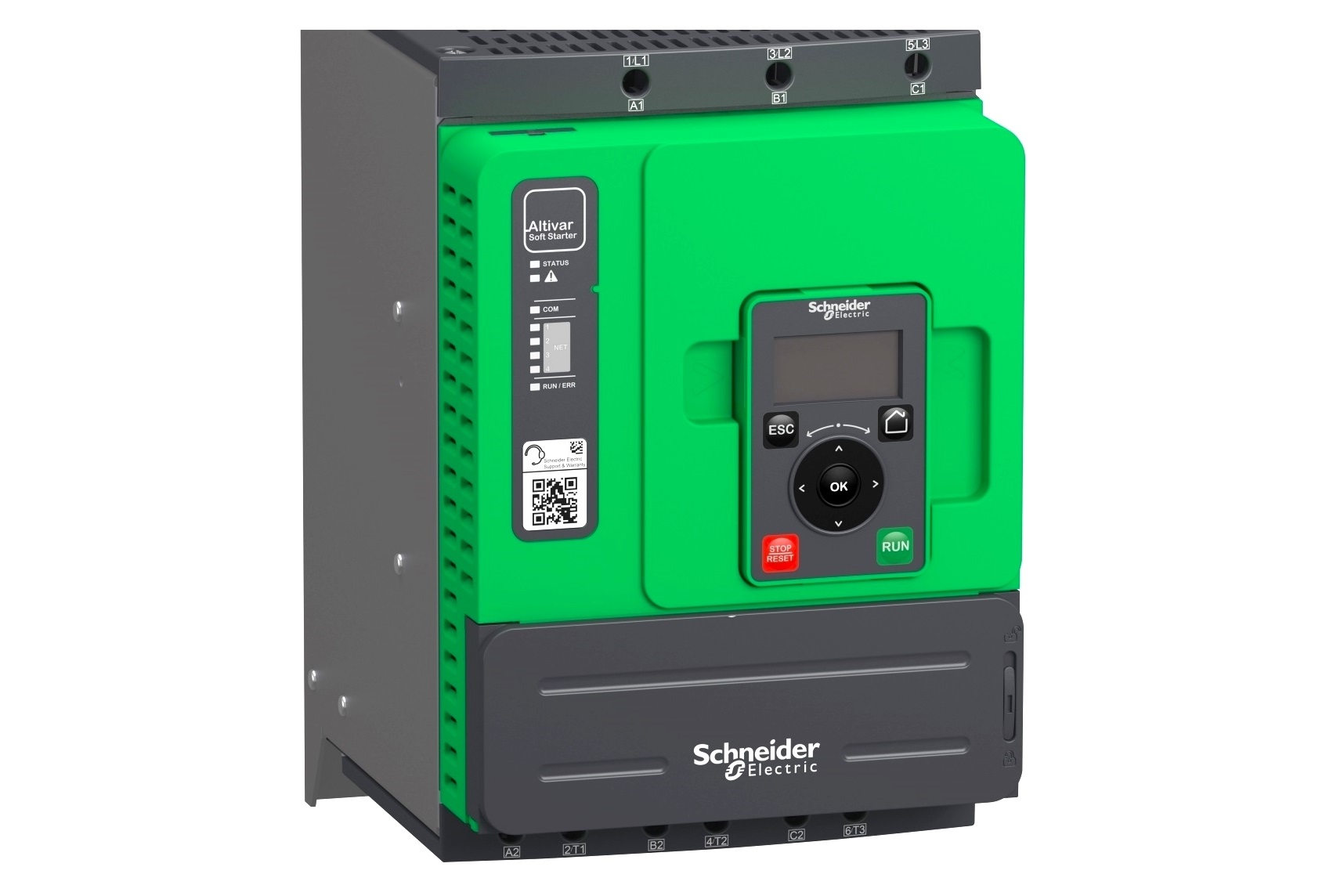
The motor accelerates smoothly, as the voltage to increases smoothly. This protects the motor against mechanical wear and tear and reduces damage to the bearings.
Soft starter has various programming parameters in it and the most important one is to set the correct acceleration time. This ramps the motor gradually towards the required speed.
Pros of Soft Starter
The very first advantage is it offers a very smooth start to the motor. This avoids large-scale fluctuations in power. Because the voltage increases gradually, the line current too increases gradually and you do not have to worry about the line power consumption.
As the ramp-up time is programmable; you have the flexibility to adjust the motor performance as per your requirement. If this is kept stable for a long time, then the motor life increases.
Motor temperature is kept under control due to a soft start. This prevents overheating and prevents your motor winding or bearing from any future damage.
Frequent starts and stops of a motor can be done smoothly in this starter type. The motor performance is not affected due to this.
Due to the smooth increase of current, torque control is very good in a soft starter. If torque control is good, you get a very good load performance for the motor.
Cons of Soft Starter
When compared to VFD, the first and foremost major disadvantage is the lack of speed control. Soft starter is not able to vary the speed of the motor. This is the reason why despite programming capabilities in softstarters, VFD is the only device used for speed control.
For heavy loads, it is not recommended to use a soft starter. This is because the torque capability of this starter is much lower than VFD, and it will not be able to handle such types of loads.
Types of Soft Starters
- Voltage Ramp Soft Starter
- Current Limit Soft Starter
- Torque Control Soft Starter
- Closed-Loop Soft Starter
- Digital or Intelligent Soft Starter
- Solid-State Soft Starter
- Inline Soft Starter
- Bypass Soft Starter
Comparison of Soft Starters
| Type of Soft Starter | Key Feature | Operation | Application |
|---|---|---|---|
| Voltage Ramp Soft Starter | Gradually increases voltage | Smoothly ramps up the voltage to the motor | Suitable for applications with less stringent torque requirements |
| Current Limit Soft Starter | Limits start-up current | Controls the current during start to a set level | Ideal for systems where current spikes need to be minimized |
| Torque Control Soft Starter | Controls starting torque | Provides precise control over the torque applied | Used in applications requiring control over mechanical stress |
| Closed-Loop Soft Starter | Feedback control mechanism | Adjusts voltage based on feedback from the motor | For applications requiring precise control of start and stop |
| Digital or Intelligent Soft Starter | Advanced programming and control | Offers detailed control settings and monitoring | High-end applications with specific start/stop requirements |
| Solid-State Soft Starter | Uses solid-state devices | Provides smooth voltage ramp-up without mechanical contacts | General applications, offering reliability and durability |
| Inline Soft Starter | Directly installed in line with the motor | Controls the motor by being in the direct power line | Simple installations where space or wiring is a concern |
| Bypass Soft Starter | Includes a bypass contactor | After start-up, it bypasses itself to reduce heat and save energy | Applications where the soft starter is only needed for start-up |
If you liked this article, then please subscribe to our YouTube Channel for PLC and SCADA video tutorials.
You can also follow us on Facebook and Twitter to receive daily updates.
Read Next:
- What is a Time Delay Fuse?
- Motor Maintenance Guide
- Wattmeter and Energy Meter
- Difference between AC and DC
- Stepper Motor and DC Motor
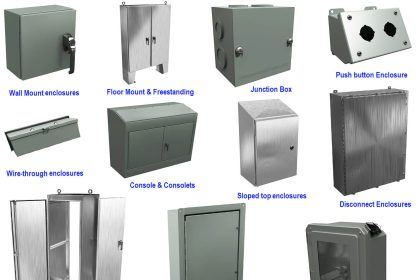

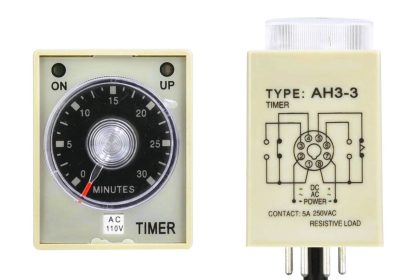
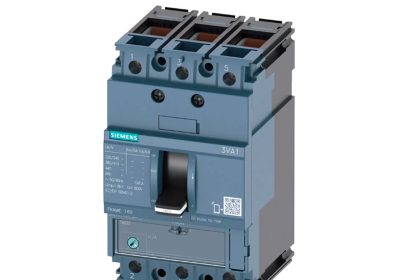
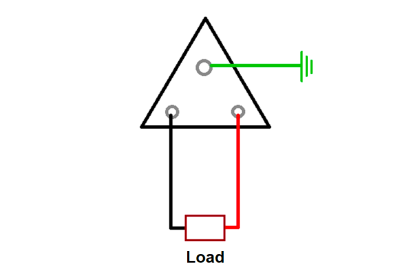
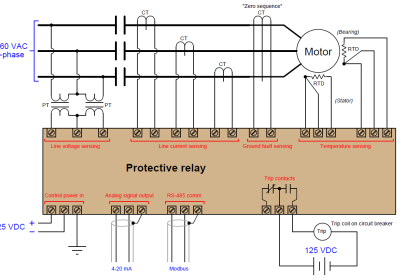
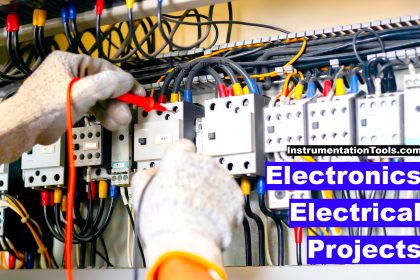


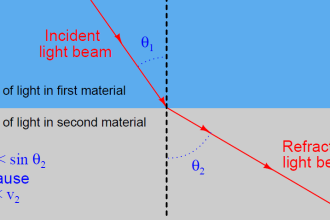
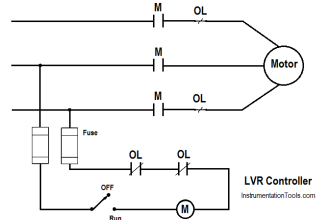

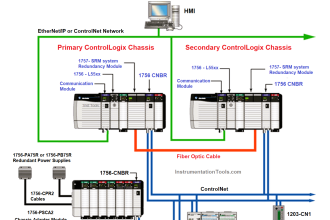
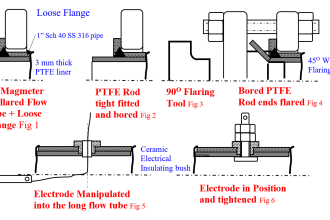
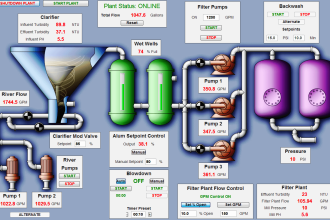
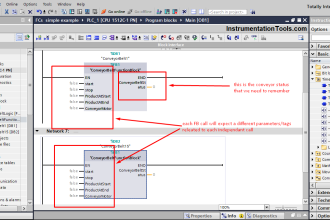

You are always sharing very good knowledge